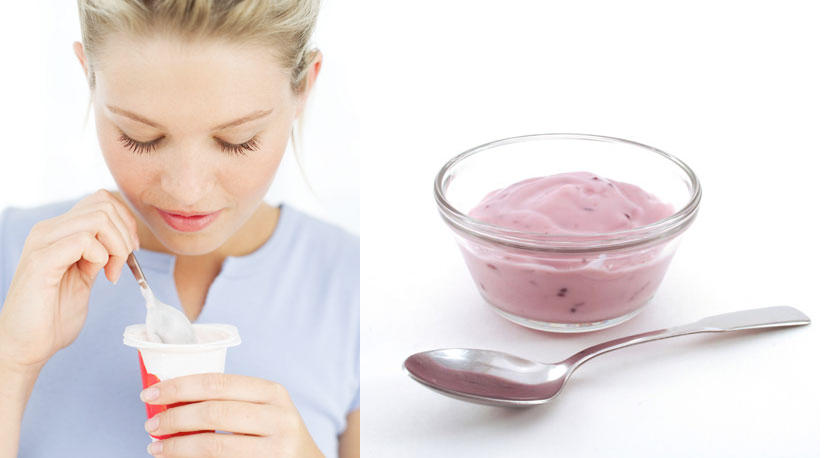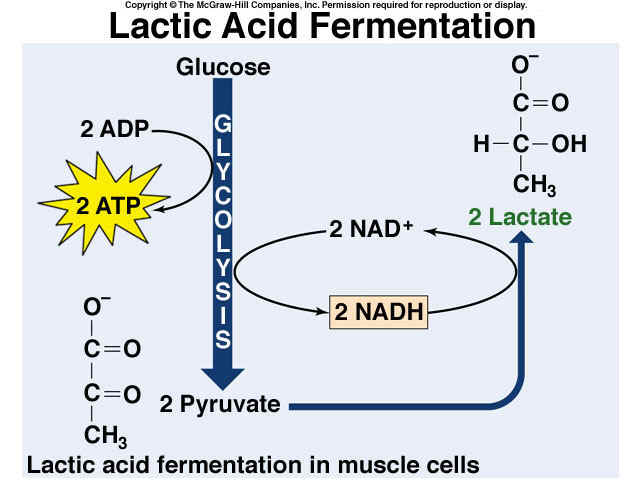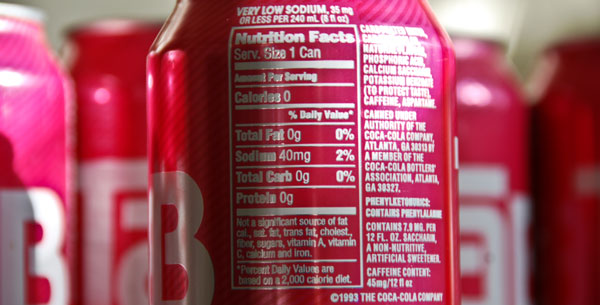Fermentation is a type of biotechnology, where development of microscopic organisms promotes food preservation by generating preservative substances such as alcohol, acid and antimicrobial matters. Although fermentation is defined by the process of disintegration of carbohydrates in anaerobic environment, the term also suggests breakdown of carbohydrates as well as carbohydrate-like components in both anaerobic and aerobic conditions. Many examples of fermentation can be found in our daily lives, including drinks such as wine and sake, dairy products such as yogurt and cheese, meat products such as salami, bologna and prosciutto and other foods such as sauerkraut, soy sauce and miso. Although breakdown of carbohydrate is the main reason for the changes apparent in fermented foods, there are also other various reasons as well, such as modification made to proteins and lipids via microorganisms, which alter the physical and chemical parts of food. However, fermentation is different from genetic engineering, in which gene is modified to create better organism.
The principle of fermentation lies in the different types of microorganisms. The development of alcohol and acid-producing microorganisms suppresses decaying process by restraining the metabolism of proteoylytic and lipolytic microorganisms that spoil products. Alcohol and acid produced from fermentation are called antimicrobial agents. They are of many by-products of cultivating microorganisms in various kinds of food. Different types of alcohol and acid can form according to the food they grow upon. Some specific microorganisms contain lactic acid bacteria, acetic acid bacteria, yeast, and mold. Different microbial change occurs for each type, producing distinct products. For instance, lactic acid bacteria produce lactic acid from lactose and glucose, and generate fermented food like yogurt. They especially help in suppressing spoilage-causing and disease-causing microorganisms.
One of the reasons for consuming fermented food is due to the higher nutritional value in many of the fermented food compared to the unfermented source of food. For instance, mold fermented food, such as miso, carries higher level of B-vitamin than the material to start with. Secondly, fermented food enhances our uptake of minerals and vitamins as microorganism frees indigestible nutrients of plants for humans to digest. Moreover, microbial hydrolysis of indigestible cellulosic components happens during fermentation, leaving fermented food more digestible. Not only fermented food is beneficial towards nutritional value, it also brings variety to our food choices. For example, kimchi is a famous Korean traditional fermented food that most of Koreans enjoy in their daily meals.
Here is a youtube video of the process of making kimchi if anyone is interested.

Sources
What is fermentation http://www.wisegeek.com/what-is-fermentation.htm
Yogurt http://www.foodsci.uoguelph.ca/dairyedu/yogurt.html
Fermentation as a method of food processing http://www.eden-foundation.org/project/articles_fermentation_thesis.pdf
Yeast fermentation and the making of beer and wine http://www.nature.com/scitable/topicpage/yeast-fermentation-and-the-making-of-beer-14372813








